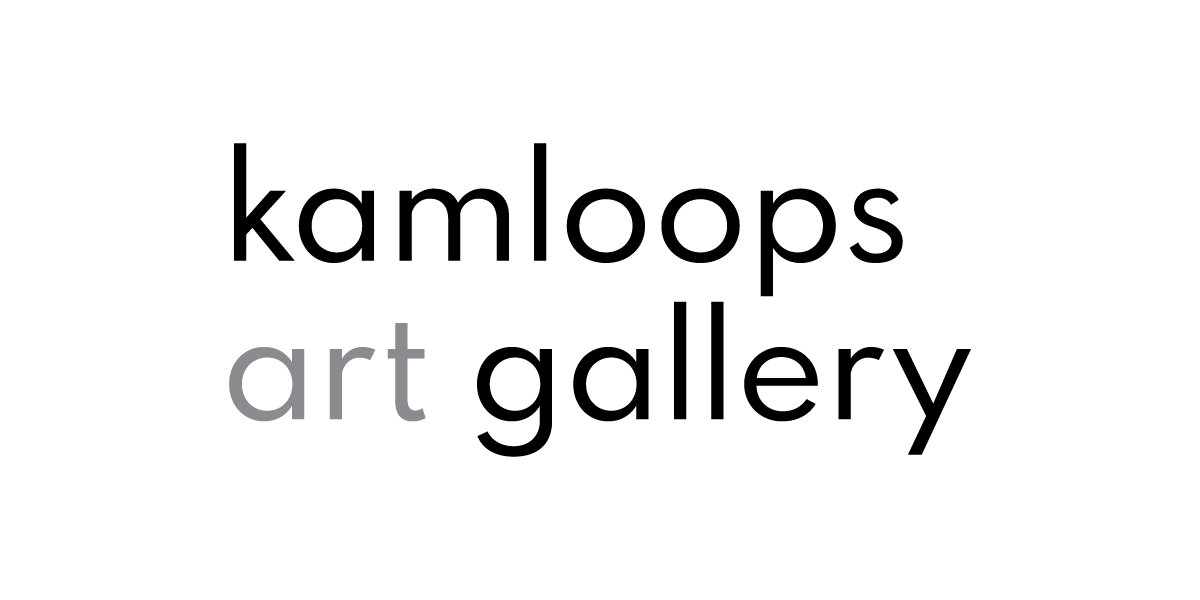SLEEPING IN SKINS: LIFE IN INUIT NUNANGAT
Davidialuk Alasua Amittu
Kenojuak Ashevak
Pitseolak Ashoona
Elizabeth Nutaraluk Aulatjut
Ada Eyetoaq
Vital Makpaaq
Henry Napartuk
Martha Noah
Pudlo Pudlat
Jamasie Teevee
Central Gallery
January 20 to April 6, 2024
Sleeping in Skins: Life in Inuit Nunangat brings together a selection of prints and one beaded front-piece by Inuit artists, drawn from the Gallery’s collection. These works were gifted to the Gallery by Mary and Glenn Martin 17 years ago. The presentation of ᑕᑯᒃᓴᐅᔪᒻᒪᕆᒃ Double Vision has offered an opportunity to revisit Arctic Treasures: The Mary and Glenn Martin Collection, an exhibition featuring this collection at the Kamloops Art Gallery in 2007.
Dr. Glenn Martin, who worked as a pathologist locally, began collecting Inuit carvings in the 1950s after seeing an exhibition of Inuit art at Birks Jewellers in Ottawa. Following this, Glenn and his wife Mary developed a collection of several hundred works by Inuit artists, 26 of which they donated to the Gallery in 2007. The grouping of works in this exhibition comprises prints that showcase the rich tradition of printmaking in Kinngait (formally known as Cape Dorset), Nunavut, that emerged through artist co-operatives. This included Dorset Fine Arts, which was established in Toronto in 1978 as the wholesale marketing division of the West Baffin Eskimo Co-operative to create a market for artwork produced by co-operative members.
Since the early 1950s, Indigenous artists in Arctic communities and the Northwest Coast have utilized print centres as a new way to challenge social conditions and give voice to ancestral knowledge and stories. The production of limited edition prints for distribution to a broad audience through the fine arts market contributed to the revival of Indigenous aesthetic traditions and allowed for a sustainable income for Indigenous communities. Prior to the introduction of printmaking, carving was the dominant art form and primarily done by men. As with the artistic practices represented in Double Vision, the printmaking skills developed in these cooperatives have been shared through many generations, often passed down matrilineally.
As Secwepémc artist and curator Tania Willard asserted in her 2013 Kamloops Art Gallery exhibition unlimited edition, “Printmaking as a contemporary medium for Indigenous artists can be seen as creating critical spaces between new technology, material and medium for the articulation of established Indigenous aesthetics and narratives.”
This selection of prints shares a variety of approaches to printmaking and the imagery captures a sense of life in Inuit Nunangat. This geographic area includes the Inuvialuit Settlement Region (northern Northwest Territories), Nunavut, Nunavik (northern Quebec) and Nunatsiavut (northern Labrador). It includes 53 communities and encompasses roughly 35 per cent of Canada’s land mass and 50 per cent of the country’s coastline. The governance structure of these regions is outlined in constitutionally protected land claims agreements.
Carving activities in Kinngait were promoted by James A. Houston, an artist and government administrator who travelled to the Arctic in the 1950s to explore ventures that might supplement Inuit incomes. Houston studied with the Japanese print artist Un'ichi Hiratsuka in 1958 and returned to Kinngait with Japanese paper and new techniques. The methodologies refined at Kinngait were later adopted by other print workshops. In 1962, the Cape Dorset Print Collection Catalogue introduced two new developments in Inuit printmaking: engravings by Kinngait artists and stonecut prints from Povungnituk (now Puvirnituq).
Beginning in 1959, the collection catalogue’s annual releases consisted of stonecut or stencil prints made in a cooperative manner. Previously, images were drawn first on paper and then the designs were cut into the hard surface of a stone block for printing. Engraving enabled artists to draw their compositions directly onto a copper printing plate using a sharp digging tool, conveying the direct hand of the artist. This allowed artists Kenojuak Ashevak, Jamasie Teevee, and Pitseolak Ashoona to develop their signature linear graphic engraving styles and to depict detailed scenes of camp life, spirit transformations, and intricate animal studies. Pitseolak Ashoona was one of the most prolific artists from the Kinngait area. Her etching and aquatint series Childhood Memories was made using the process of acid on a copper plate. In this series she captures scenes from her youth of family life in seasonal camps.
The exhibition also includes several lithographs by the distinguished artist Kenojuak Ashevak. Known as the “Visual Poet of the Arctic,” she created colourful images of mythical birds, animals, and people. In addition to the selection of prints, Elizabeth Nutaraluk Aulatjut’s beaded front-piece, which was designed to be attached to an amautik, or baby-wearing coat, serves as an exceptional example of the convergence of aesthetics and artistry in everyday Inuit life.
This selection of works offers insight into the artistic output in Northern communities with artwork that conveys a sense of the importance of nomadic hunting and family, and the interconnection between the material and spirit worlds. Just as Inuit culture has adeptly evolved to adapt to the Arctic environment, the work presented here exemplifies how the ingenuity of new printmaking techniques allowed Inuit artists to share their expertise within their collectives and then widely through the distribution of multiple editions. Made between 1970 to 1990, these works offer insight into the everyday lives of Inuit people at this time and convey a fundamental connection to the northern environment.
The title of this exhibition is borrowed from a print in this exhibition by Ada Eyetoaq, Vital Makpaaq, and Martha Noah, Sleeping in Skins, 1970.
This exhibition is dedicated to Trish Keegan (1944-2023). As the Registrar, Trish managed the collection at the Kamloops Art Gallery from 1990 to 2010. As part of her work at the Gallery, Trish facilitated the acquisition of these important works to our collection.
A D D I T I O N A L R E S O U R C E S
Jamasie Teevee
Spring Hunt, 1979
lithograph on paper, 46/50
51.5 x 66 cm
Collection of the Kamloops Art Gallery,
gift of Glenn and Mary Martin











